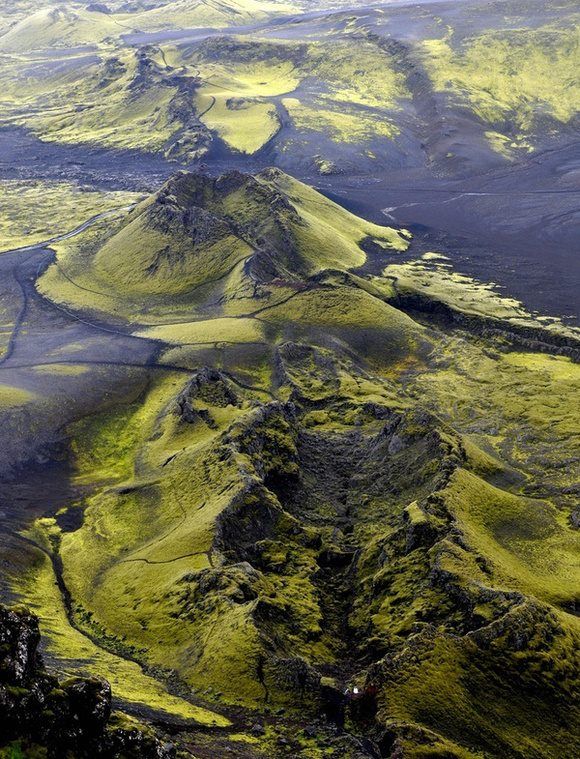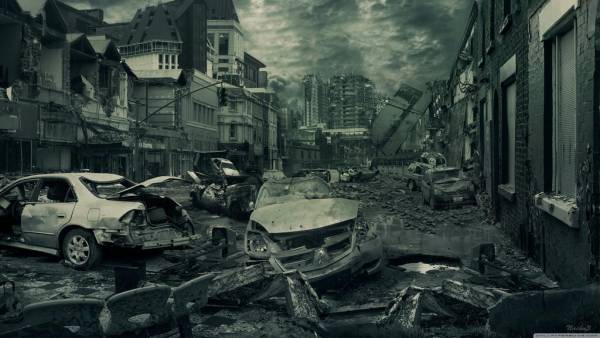
[onepage]
[gallerypage]
The 12th of December 2012 was the pre-set date for the end of everything we have known. The Mayan calendar ended on this date, leading to the widespread belief that it was the day the world would end (as many movies and books later depicted). But the date passed without incident, and the world was left both disappointed and elated. How many times has the Earth tangoed with fate? How close have we come to complete oblivion? Very, very close indeed.
1. The Bonilla Comet
source
A shooting star has never been this scary! The astronomer that the comet is named after, José Bonilla, spotted what was thought to be the first photograph of unidentified flying objects. What he had in fact seen, as was later discovered, was an ensemble of broken pieces of a comet weighing a billion tons. The fragments of comet passed a few miles away from the Earth. They could have caused untold damage if any of them had hit the planet. It was compared to the Tunguska event, the large explosion which caused the fall of 80 million trees in 1908!
[/gallerypage]
[gallerypage]
2. The Russian false alarm
source
In 1995, the Russian government was shocked to find that the remnants of their Cold War systems had detected a missile in their territory. The missile was programmed to hit Moscow within five minutes. President Yeltsin and his advisors were informed of the imminent attack. They had mere seconds to decide whether to launch a nuclear counter-attack or not. The missile fell short and landed outside Russian borders. It turns out that it was a Norwegian research missile, and the scientists had even sent everyone warnings about the launch, but Russia’s notice was somehow lost in the mail. Whoops!
[/gallerypage]
[gallerypage]
3. Laki Volcano
Wow! The people of the 1780’s had it real bad in Iceland. The Laki Volcano erupted for a period of over 8 months from 1783 to 1784. The lava caused so much damage to the environment that half the livestock died. A famine caused more than a quarter of the Iceland’s population to die as well. In fact, the eruption was so bad that it spread sulfur dioxide right across the Northern Hemisphere, causing droughts, famines and the deaths of nearly 6 million people throughout Europe.
[/gallerypage]
[gallerypage]
4. The Spanish Influenza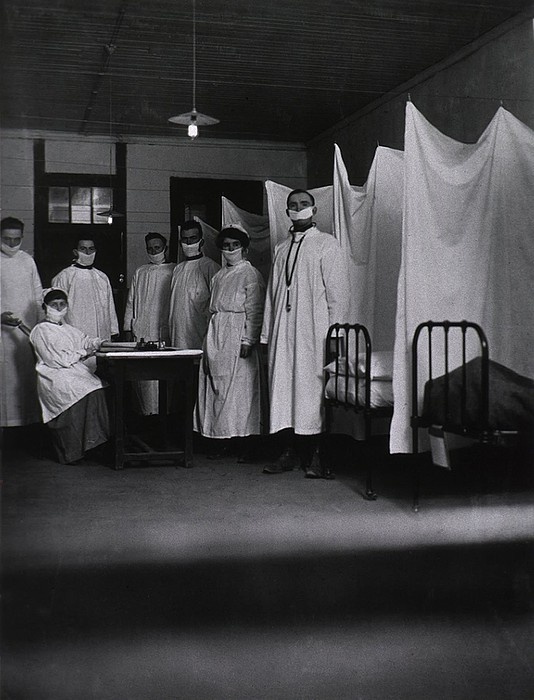
source
One of the deadliest natural disasters in history, the 1918 flu epidemic (later called the Spanish Influenza) killed more than 3% of the world’s population. No-one is sure where exactly the deadly outbreak started, but it was definitely carried around the world by World War I soldiers returning to their homes at the end of the Great War. The disease attacked the immune system and strangely affected more healthy youth rather than elderly and ill. It infected 500 million people around the world and allegedly killed between 50 and 100 million people. The scary part? It still exist today. India witnessed an outbreak in 2008, almost a hundred years later the first epidemic. Yikes!
[/gallerypage]
[gallerypage]
5. The Carrington Event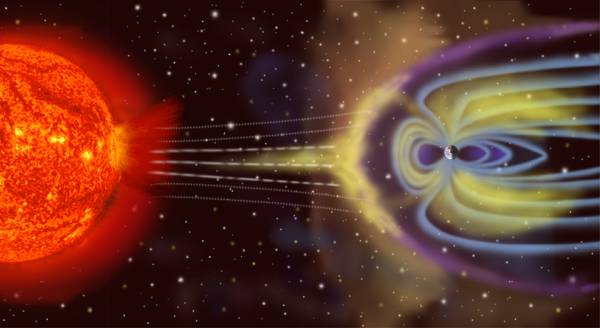
source
The people of 1859 must have nearly jumped out of their skins when they realized that the sun was shining in the middle of the night. No one realized how serious the early sunrise was until telegraph poles spontaneously burst into flames and were disconnected. This means that no one had any electricity until the solar storm passed. At the time, it didn’t seem so bad, but if the same thing happened today millions of people would die and it could cost the world economy trillions of dollars in repairs.
[/gallerypage]
[gallerypage]
6. The Black Death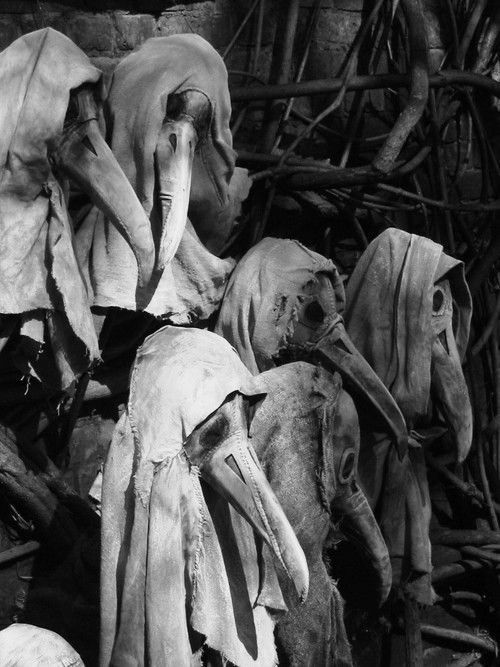
source
Who would have thought that something as simple as a rat could kill millions of people? Well, no one in the 14th century did. The Black Death was one of the most devastating pandemics in human history. It resulted in the deaths of an estimated 75 to 200 million people. The disease spread through infected fleas on rats which were then common pests around the world (and more common on ships than anywhere else). It took Europe nearly 200 years to recover from the tragedy. Outbreaks of the Black Death have happened as recently as 2014 in the United States. Is this why the Internet loves cats so much?
[/gallerypage]
[gallerypage]
7. ????????????????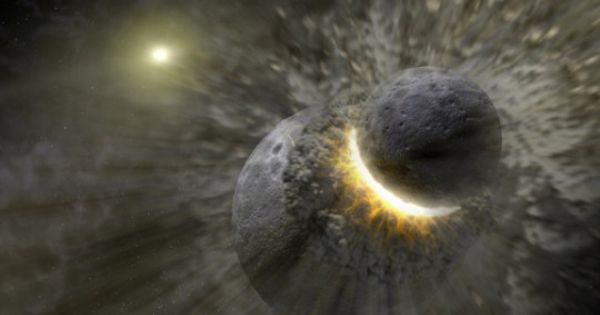
source
According to scientists, there are many ways the world could end. Some of the theories include the death of the sun, the implosion of the universe after expanding too rapidly, a nuclear war, and global warming. No one seems to have any solid idea of how exactly it’ll happen, which means zombies are a totally viable option too! The question of the end of the world has fascinated people since the beginning of time, and will no-doubt continue to long after we’re gone.
SEE ALSO: 10 Rare And Extreme Diseases. When Will There Be A Cure?
[/gallerypage]
[/onepage]
